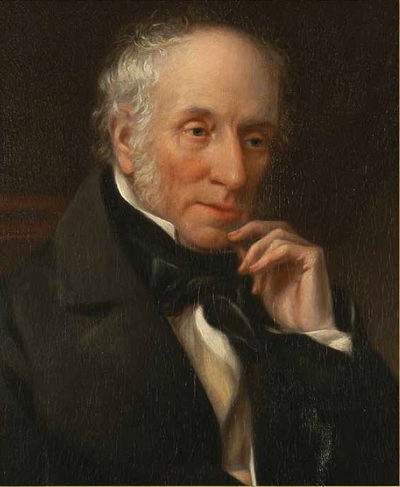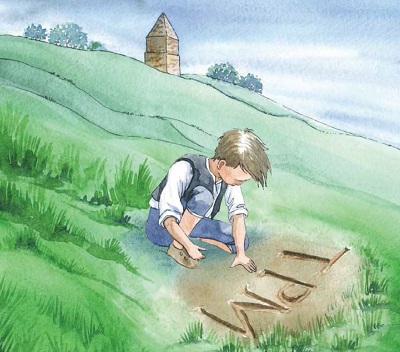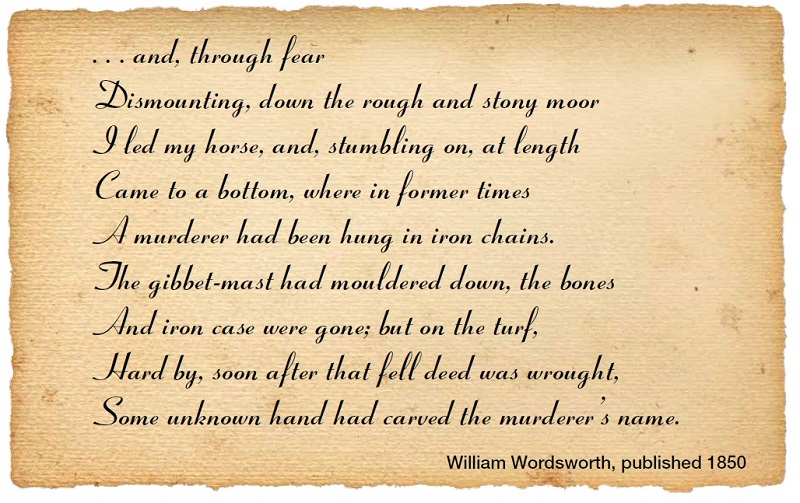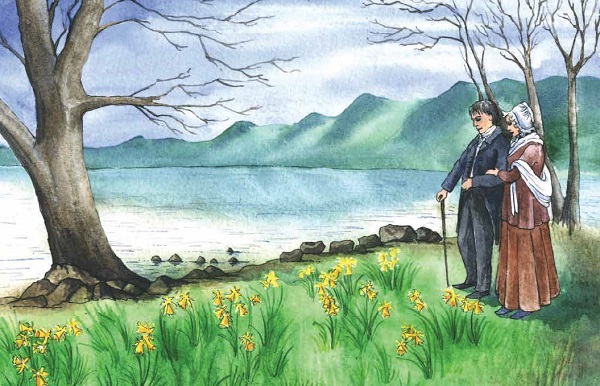Wordsworth Connections
William Wordsworth (1770–1850), the renowned Lakeland poet, was born in Cockermouth but spent part of his early life in Penrith and has many associations with the town.
William’s parents were married at St Andrew’s Church in 1766, and shortly afterwards moved to Cockermouth. Their five children including William were all born in Cockermouth, but the family maintained close links with relatives in Penrith.
William and his sister, Dorothy, came to stay with their maternal grandparents in Penrith in 1776-77 whilst attending Dame Birkett’s infant school in St Andrew’s Place. They lived in a building where Arnison’s shop on Devonshire Street stands today. Another young pupil at the same school was Mary Hutchinson, who would later become William’s wife in 1802.

Portrait of William Wordsworth by Samuel Crosthwaite, c.1844
© The Wordsworth Trust, Dove Cottage, Grasmere
In 1778 William’s mother became unwell. She stayed with her parents in Penrith for about two months before she died on 8 March 1778, aged 30 years. She is buried in an unmarked grave in St Andrew’s churchyard. His father died five years later, leaving the children in the care of an uncle. William and his older brother were sent to Hawkshead to continue their education, whilst Dorothy went to live with relations in Halifax.
When William was 24 years old, he and a friend Raisley Calvert, set off on a trip to Lisbon. The two had walked from Raisley’s home near Keswick, but by the time they reached Penrith, Raisley was so ill that the trip was abandoned. Wordsworth nursed his friend at the Robin Hood Inn on King Street until he died in January 1795 aged just 21. In his will, Raisley left £900 for William – a generous sum of money that enabled William to pursue his passion for writing poetry.

William Wordsworth at the age of 36 by Henry Edridge, 1806
© The Wordsworth Trust, Dove Cottage, Grasmere
The Prelude is one of Wordsworth’s masterpieces. In the poem he recalls riding on Beacon Hill at the age of five with a family servant. They became separated and Wordsworth found himself at the spot where the initials ‘TPM’ (Thomas Parker Murdered) were cut in the turf. Parker had been murdered in 1766 by Thomas Nicholson, who was later executed and hung in chains near to where the murder had been committed.

A young William Wordsworth discovering the letters TPM carved into the turf
Juliet Whitworth

Excerpt from The Prelude by William Wordsworth Verse from The Prelude by William Wordsworth. In the last line William wrongly assumed the initials were those of the murderer, whereas in fact they belonged to the victim
Wordsworth’s most famous poem, Daffodils, was inspired by a visit to nearby Ullswater in 1802 where he and his sister, Dorothy, had stopped to admire some wild daffodils on the lake shore.
I wandered lonely as a cloud
That floats on high o’er vales and hills,
When all at once I saw a crowd,
A host, of golden daffodils;
Beside the lake, beneath the trees,
Fluttering and dancing in the breeze.

William and Dorothy admiring the wild daffodils at Gowbarrow in 1802
Juliet Whitworth

